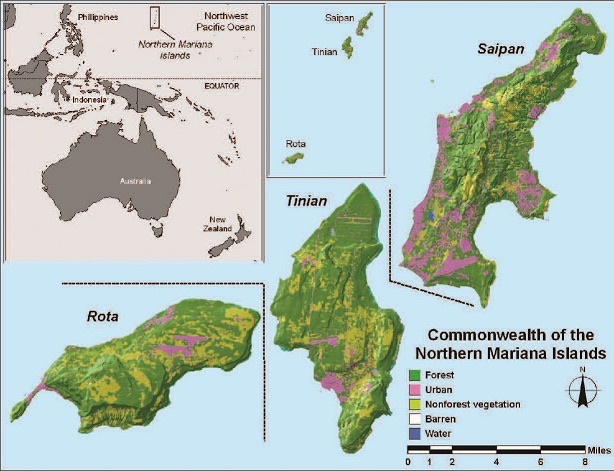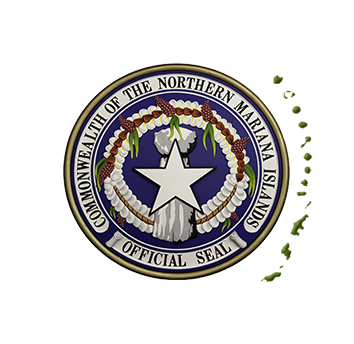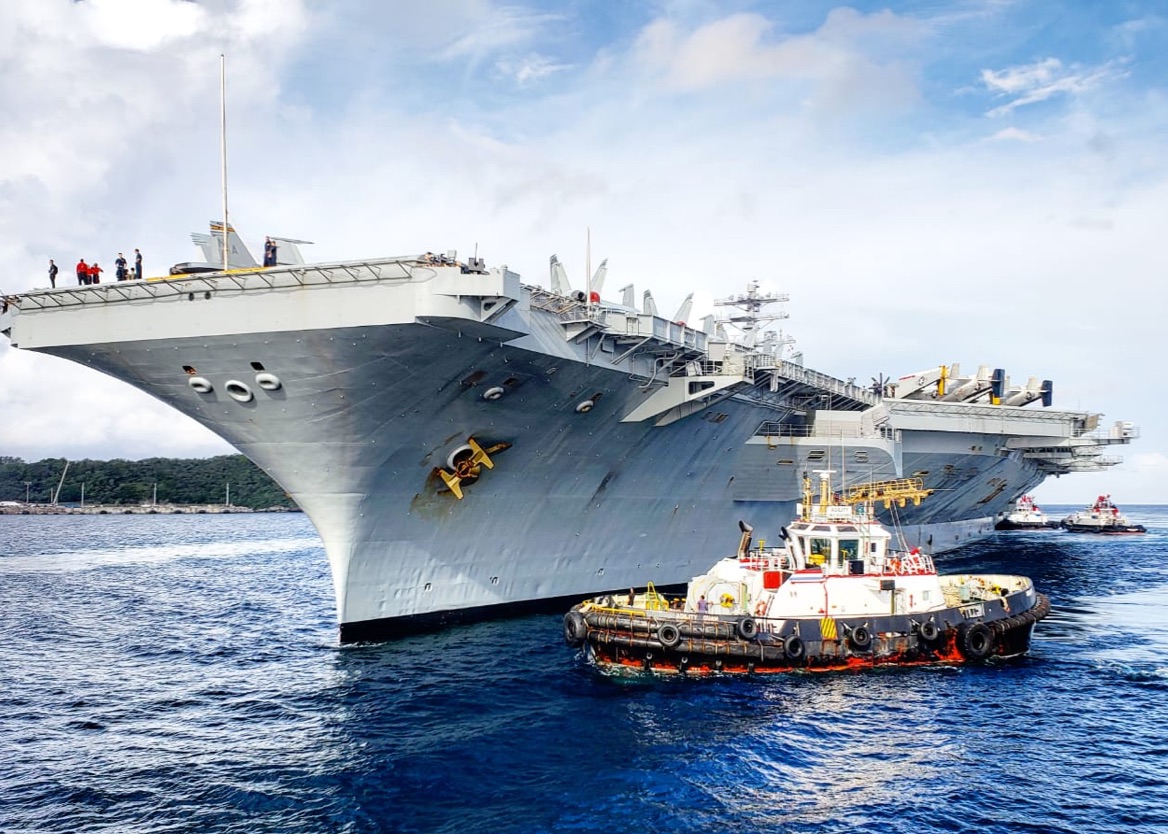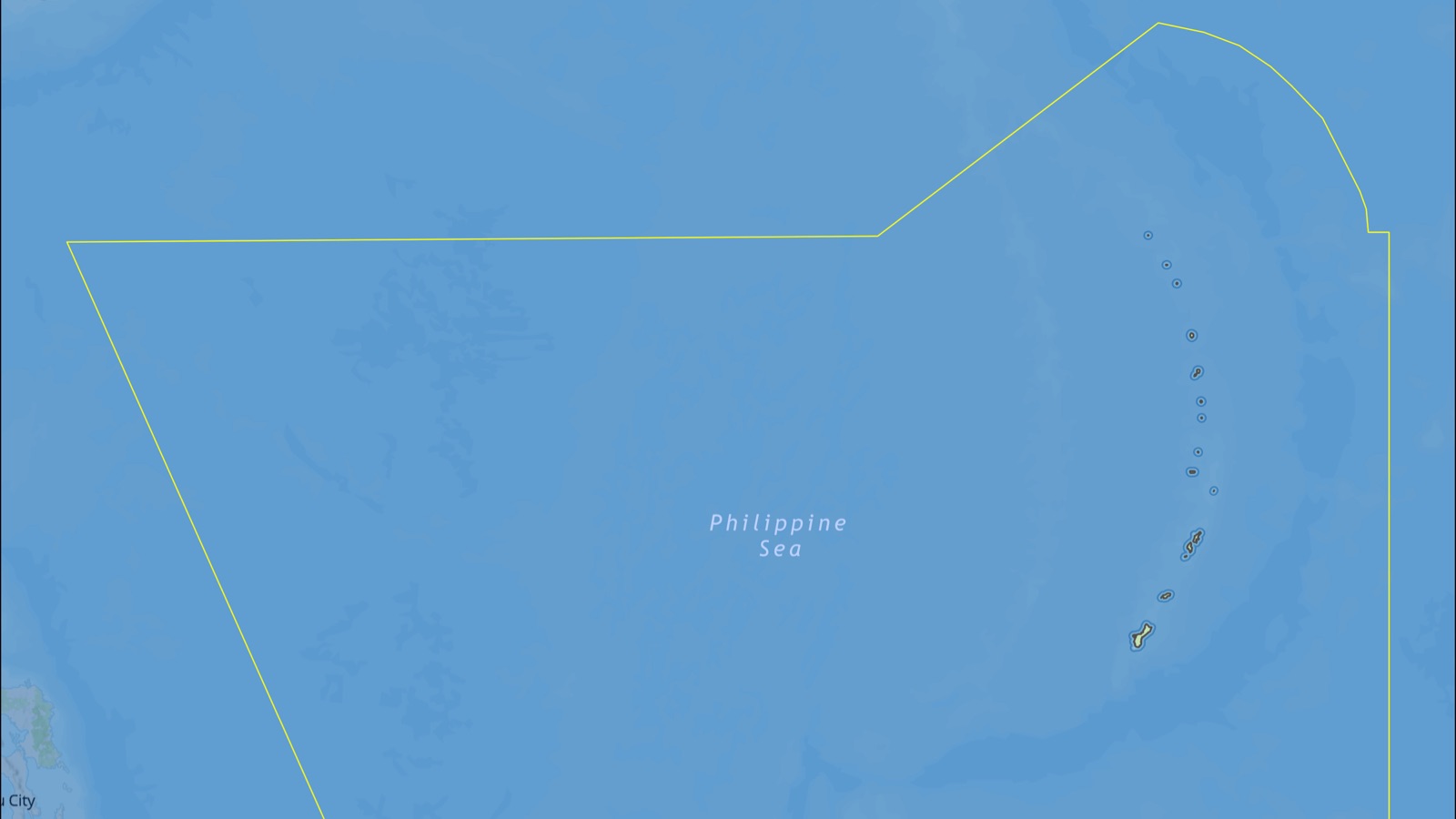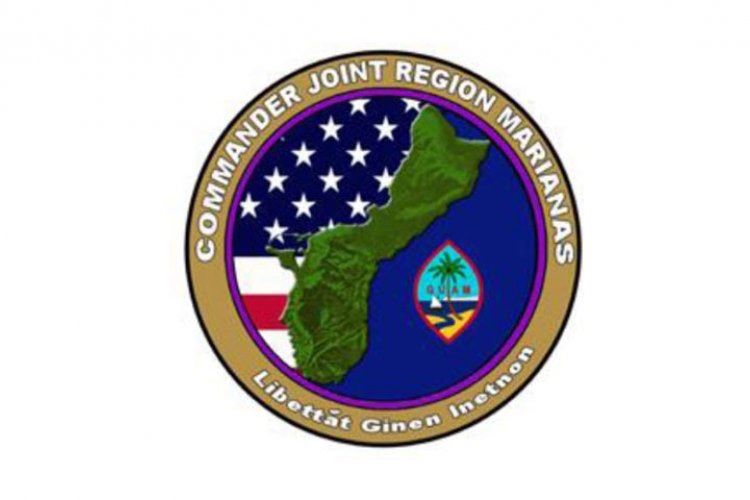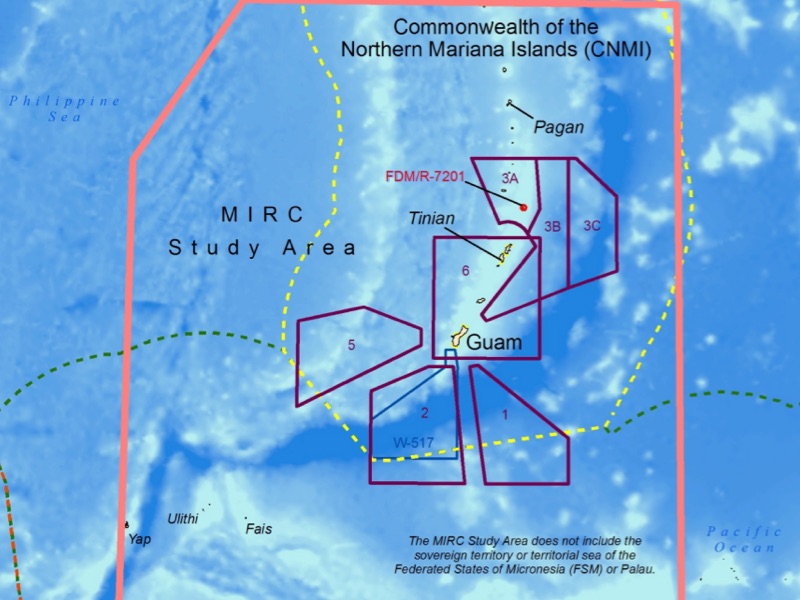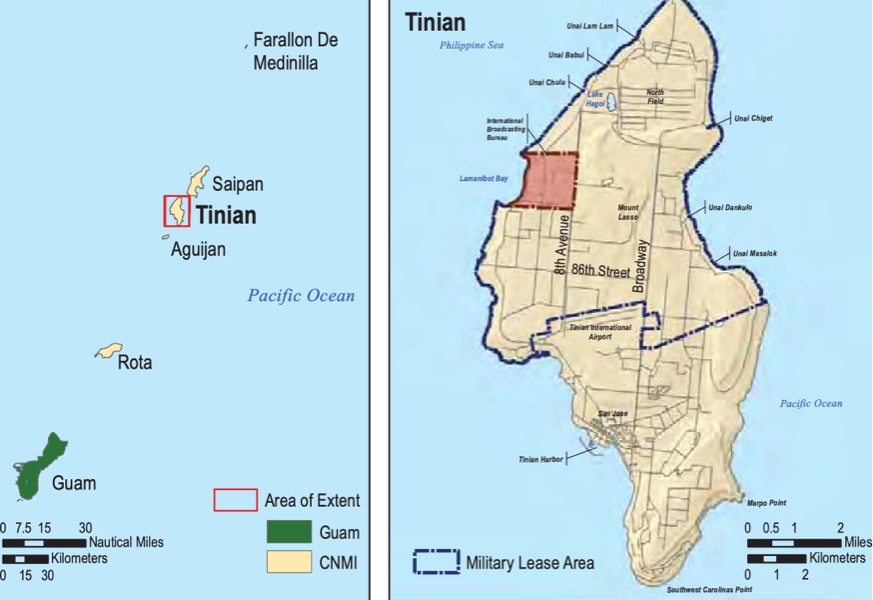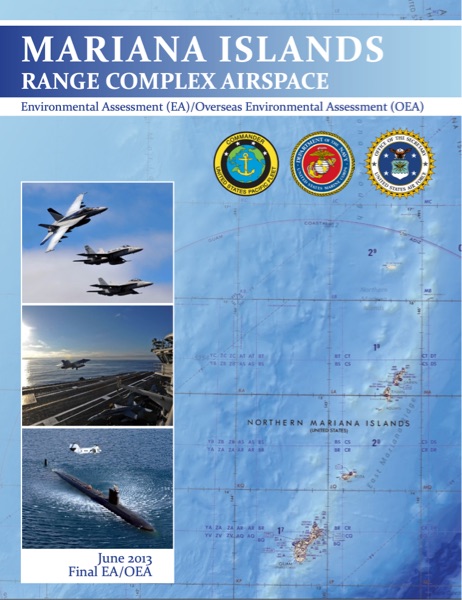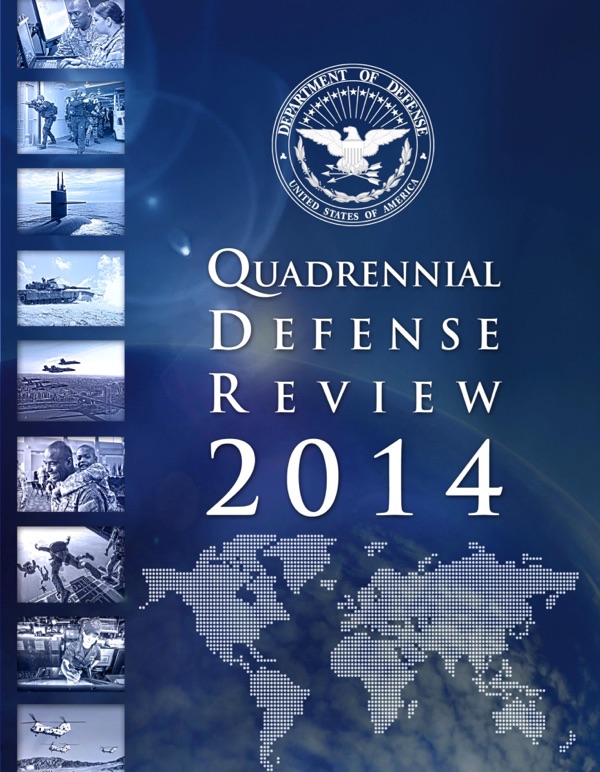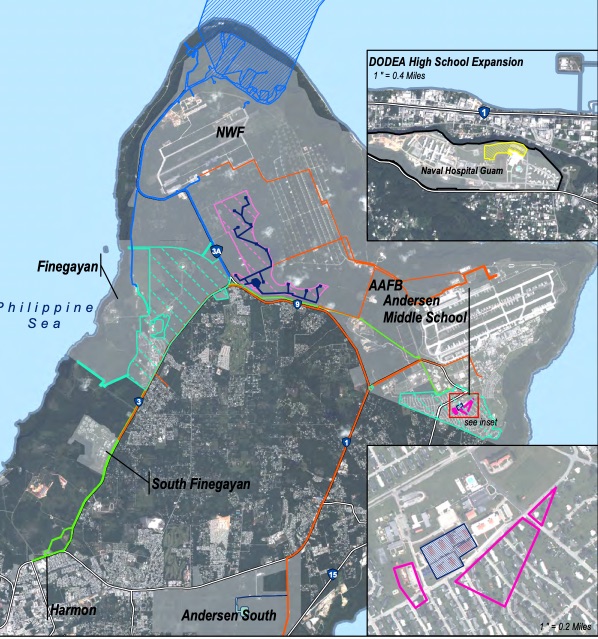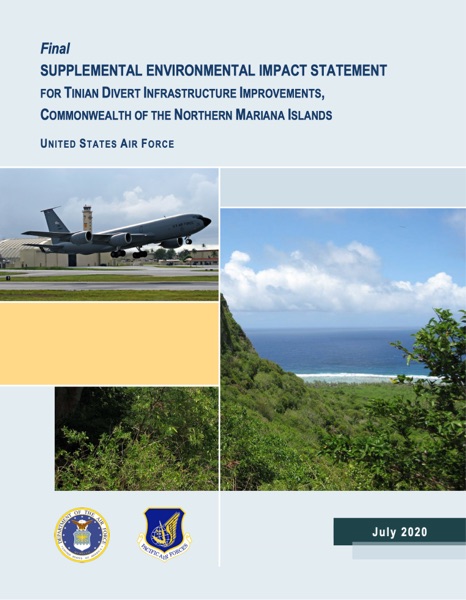The Mariana Islands Training and Testing Project (“MITT”) is a Defense Department proposal authorizing “take” – a euphemism referring to harm, harassment, and/or killing of marine mammals and threatened and endangered species – during certain military training activities in the CNMI and surrounding waters, including, most notably, live-fire exercises at and around the island of Farallon de Medinilla and on the island of Tinian. Smaller, non-live fire activities (e.g., search and rescue, disaster response) were proposed for Saipan and Rota.
MITT follows and expands on the Mariana Islands Range Complex Project (“MIRC”), a military training authorization in effect between 2010 and 2015. Specifically, MITT implemented the following changes to the prior MIRC authorization:
- An expanded geographic area, including, among other things, additional open sea training areas and a “transit corridor” between the Marianas and Hawaii;
- Additional types of larger training activities and increased frequency of training;
- New weapons systems; and
- Removal of prior training restrictions in ecologically sensitive areas.
Mitigation was an area of particular controversy. Although MITT proposed substantial increases in the area, intensity, and frequency of military training activities, it also weakened many of the mitigation measures previously put in place as part of the MIRC project.
In 2015, the Navy issued a Record of Decision approving MITT and authorizing “take” of marine mammals and threatened and endangered species for a five-year period. A supplemental seven-year take authorization – covering additional at-sea training – was approved in 2020.
Additional information about MITT can be found here.
